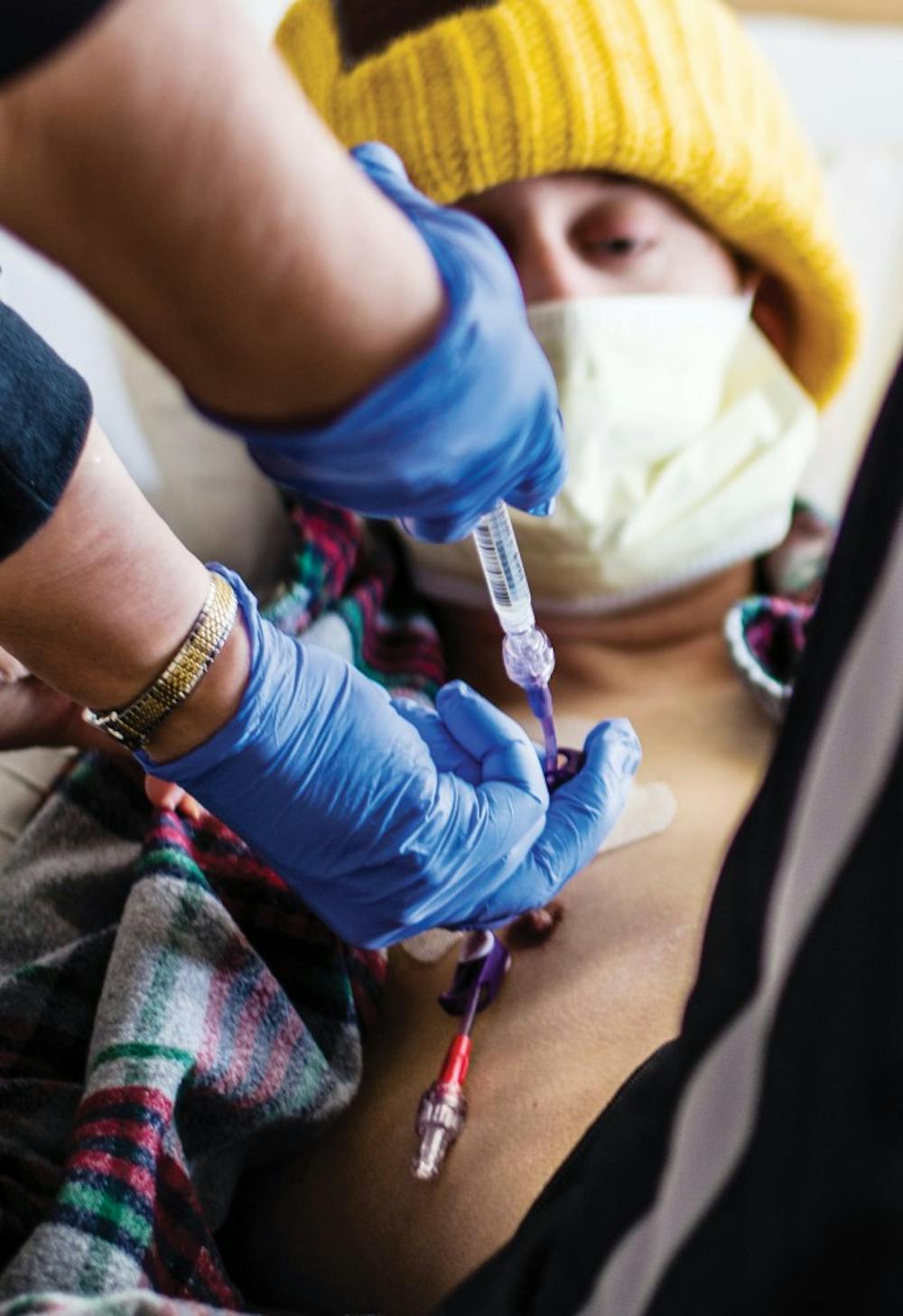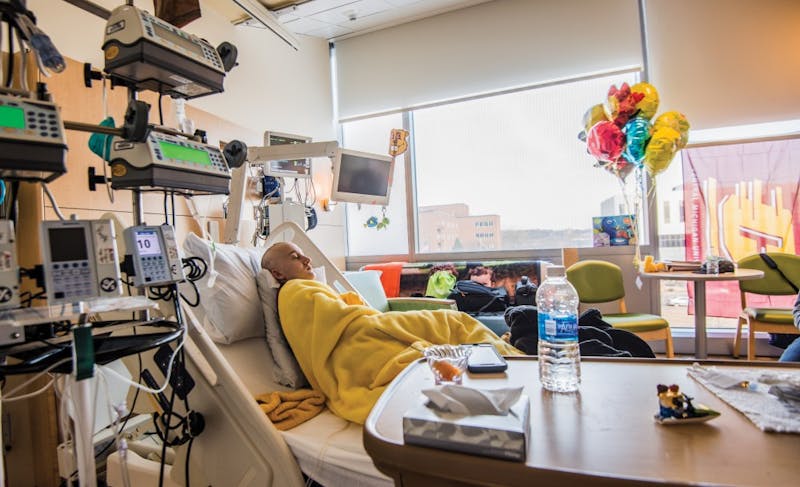EDITORIAL: Donating bone marrow saves lives, students should consider becoming a match

Because of a bone marrow donation from a 20-year-old in Germany, Central Michigan University student Kyle Tanner has a new chance at life.
This is why we encourage students at CMU to become registered as a candidate to donate bone marrow or stem cells.
You can help save lives.
At any given moment, thousands of Americans are seeking an unrelated donor for a potentially life-saving marrow transplant.
Donations help people diagnosed with blood cancers like Leukemia and other diseases.
Finding the right match
When Kyle Tanner learned he had Fanconi anemia at age 16, he didn’t understand the toll the bone marrow disease would take on him.
“It made definitely me anxious and it made me more inclined to do things that I wouldn’t have otherwise did if I didn’t know I had a life-threatening disease,” Tanner said.
For Tanner, a 22-year-old Hudson native, two transplants saved his life six years after he was diagnosed with a life-threatening bone marrow disease.
Donating bone marrow is not often talked about, but is vitally important — especially on college campuses.
Because of our age, students are the best donors.
Young people have more and higher quality cells, which leads to a higher chance the patient receiving the transplant will survive.
While registries allow people ages 45-60 to donate, those who are 18-44 are prime donors. It is also free to register for people in this age range.
The registration process has been made simple by organizations like Be The Match, which is operated by the National Marrow Donor Program. It is how Tanner got paired with his donor.
If you're registering online, Be The Match mails you a mouth-swab kit. You mail it back to them and it goes to the lab. Results come back in 8-10 weeks. If you qualify, you are placed on the registry and are able to be called on to donate.
According to Be The Match, only 25 percent of people donate actual bone marrow, which is extracted from the pelvic bone. The other 75 percent of donations are peripheral blood stem cell donations. Donating marrow can sometimes involve an over-night stay at the hospital, while a stem cell donation is similar to donating blood or plasma.
Be The Match also has traveling drives, which can be hosted by individuals and organizations.
We think it's a great idea for our Student Government Association or other registered student organizations to consider hosting a drive at CMU.
Raising awareness of the necessity to donate marrow and stem cells and the know-how is important. Many of us know someone diagnosed with Leukemia or other diseases that desperately need a stranger to be their savior.
For people like Tanner, it took someone to decide to make a difference — in his case, it was a 20-year-old from Germany.
CMU students can make the decision to save someone’s life, too. Consider getting registered and potentially saving someone's life.







